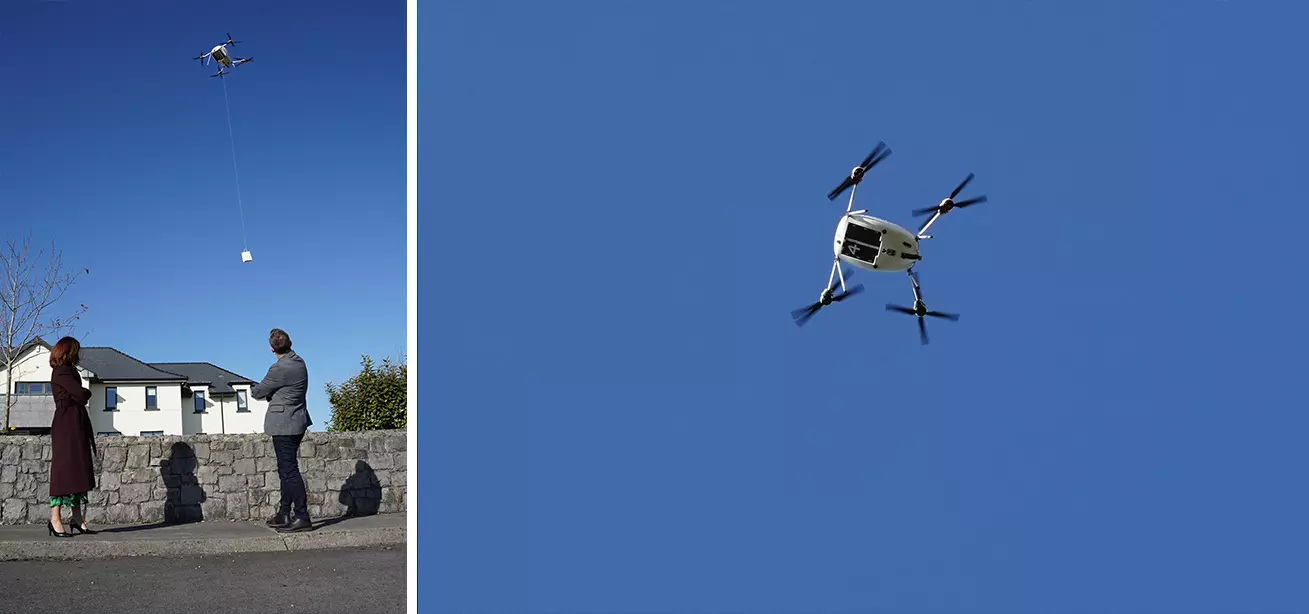Drones aren’t just for hobbyists or film studios anymore. Once largely used for tasks like aerial photography, film shoots, and weather tracking, now these remote-controlled, pilotless vehicles are being deployed as “helpers,” delivering critical supplies, enforcing COVID-19 stay-at-home orders, stringing power lines, and even walking dogs.
With so many possible uses, these nimble machines will become in-flight fixtures in our daily lives in the not-so-distant future, zipping across our skies headed for their next task. With new regulations introduced to address security concerns, the global drone market is expected to surge an estimated 53% to $43 billion by 2025, spurred partly by COVID-19 restrictions on human activity and leaps in technical advances.
“Drones are a strategic and superfast-growing space, so companies are trying to carve out their own competitive advantage,” says David Woodlock, application development and design manager at HP. HP’s industrial 3D printing technologies are being used to produce strong, lightweight components drone companies can use to fast-track production, keep costs down, and customize drones for a wide range of purposes.
Here’s a look at four drone companies that are helping redefine what’s possible.
3D-printing building blocks for custom applications
The Netherlands-based drone company Avular, founded in 2014, originally built drones for industrial and agricultural uses, such as inspecting hazardous explosion areas or agricultural fields. But after years of fielding requests to customize drones, Avular saw an opportunity.
“We went back to the drawing board and decided to make the platform more flexible for more business and use cases,” says Albert Maas, Avular co-founder.










